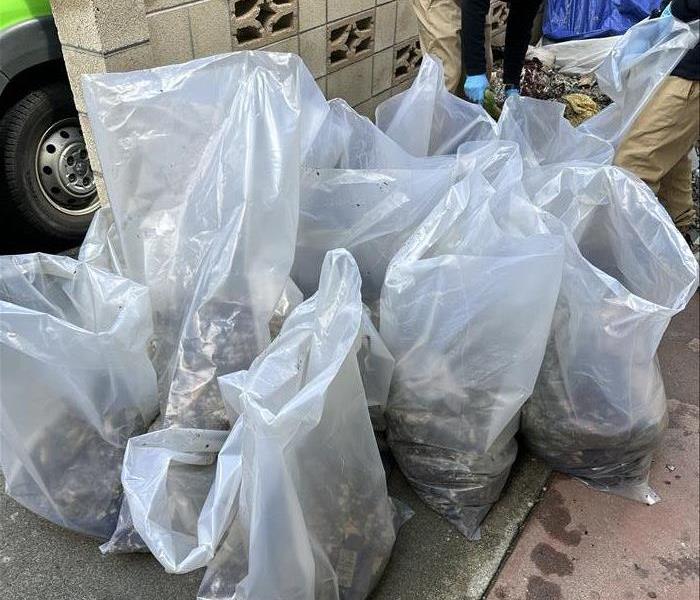The Hazards of Smoke & Soot: Understanding the Risks
8/24/2023 (Permalink)
When a fire ignites, not all materials burn completely, resulting in the formation of smoke and soot. These byproducts, encompassing solids, liquids, and gases, often comprise a range of harmful chemicals that pose health risks. Materials like plastics, foams, fabrics, carpets, wood products, synthetic textiles, wool, and even materials containing asbestos can become toxic when burned.
For effective fire restoration, it's imperative to entrust the task to professionals equipped with proper training, tools, and safety gear. During the process of fire restoration, individuals can be exposed to smoke and soot through inhalation, ingestion, and direct contact with the skin and eyes. Airborne soot particles are invisible, and once they enter the bloodstream, they can trigger a host of severe health complications.
Regrettably, the dangers linked to fire extend beyond the extinguished flames. The aftermath of fire damage can persist for years if not properly addressed. Effective ventilation strategies are vital for restoring and safeguarding indoor air quality post-fire, involving measures like HEPA filtration and adsorption (activated carbon) to maintain clean air. Relying solely on basic tools and equipment is insufficient. A comprehensive and secure fire restoration requires the application of professional tools, knowledge, and expertise.






 24/7 Emergency Service
24/7 Emergency Service
